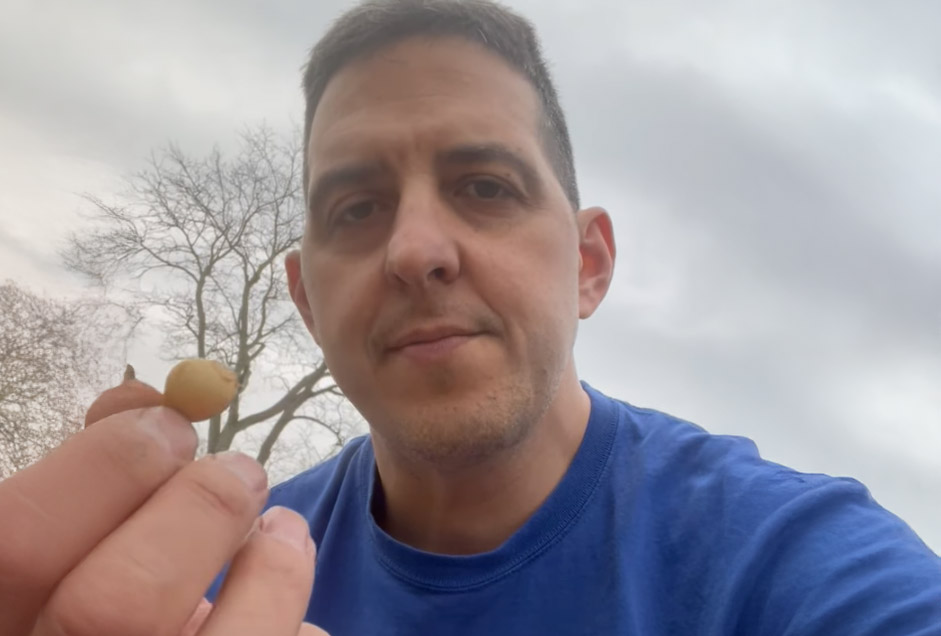Here I peel back the layers and talk a little about why shoulders are a bit like onions (while plugging our fundraiser for National Shoulder and Elbow Week)

A Garden Analogy for Shoulder Complexity
Dr. Matthew DiPaola takes a unique approach to explaining the complexity of the shoulder joint—by comparing it to an onion. Just like an onion has multiple layers, the shoulder is made up of deep and superficial structures that all work together. When something goes wrong in one of these layers, it can lead to pain, instability, or dysfunction.
Dr. Matthew DiPaola takes a unique approach to explaining the complexity of the shoulder joint—by comparing it to an onion. Just like an onion has multiple layers, the shoulder is made up of deep and superficial structures that all work together. When something goes wrong in one of these layers, it can lead to pain, instability, or dysfunction.
Breaking Down the Layers of the Shoulder
The shoulder is one of the most complex joints in the body, designed for both stability and a wide range of motion. Understanding its anatomy helps explain why injuries and conditions affecting the shoulder can be so challenging to diagnose and treat.
- Deepest Layer – Bone: The foundation of the shoulder joint is the ball-and-socket structure formed by the humerus (upper arm bone) and the glenoid (part of the shoulder blade).
- Labrum & Capsule: The labrum is a ring of cartilage that deepens the socket and adds stability. The capsule is a connective tissue layer that encloses the joint, helping to keep the bones aligned.
- Rotator Cuff Muscles: Surrounding the joint are the four rotator cuff muscles, which act as a stabilizing cuff, allowing smooth movement while keeping the ball in the socket.
- Superficial Muscles – Deltoid & Pectoral Muscles: These larger muscles provide additional strength and movement for lifting, reaching, and rotating the arm.
Why Shoulder Problems Are So Complex
Because the shoulder is composed of many interconnected layers, issues can arise at any point – if it’s a bone injury, a torn labrum, a weakened rotator cuff, or inflammation in the capsule. This complexity is why ongoing research is critical to improving treatment options for shoulder and elbow conditions.
Supporting Shoulder & Elbow Research
Dr. DiPaola highlights the importance of raising funds for shoulder and elbow research, as advancements in understanding and treating these conditions directly impact patient care. Events like Shoulder & Elbow Week on May 17th in Buffalo and Nashville help fund critical research to improve outcomes for people experiencing shoulder pain and dysfunction.
Join the Effort
If you’ve ever dealt with a shoulder issue or know someone who has, you understand how important it is to have effective treatments backed by scientific research. Consider supporting shoulder and elbow research efforts to help uncover better solutions for these complex problems. Visit ases-assn.org to donate now.
